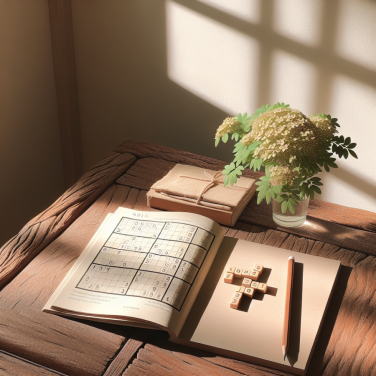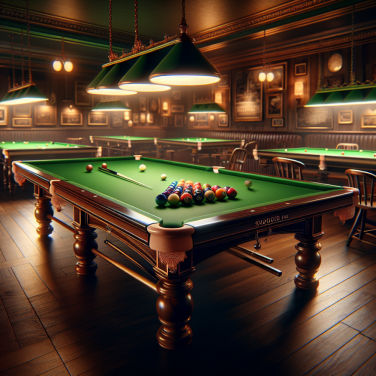Mallets in Motion: Techniques and Strategies for Dominating the Hardcourt
Mastering Ball Handling: To dominate the hardcourt, superior ball handling skills are essential. It's vital to practice dribbling the ball while maintaining full control of your bike. Fine-tune your stick handling by practicing quick wrist movements, and remember that the head of your mallet isn't just for hitting the ball—you can also use the broadside to block shots or maneuver the ball more deftly.
Effective Shooting Techniques: In hardcourt bike polo, shooting isn't just about power; it's about precision and timing. Work on different shooting techniques such as the wrist shot, the scoop, and the shuffle. Know when to take a quick shot or when to take your time for a more calculated play. Incorporate shooting drills into your training that simulate game scenarios to improve your accuracy under pressure.
Defensive Strategies: A robust defense is as important as a strong offense. Positioning is crucial—learn to anticipate opponents' moves and intercept passes. Master the art of 'mallet down' defense, where you use your mallet to block the ball while stationary or in motion. Always communicate with your teammates to maintain a solid defensive structure.
Developing Mallet Skills: Your mallet is an extension of your arm. Spend time perfecting different grips, and practice switching hands quickly and efficiently. Experiment with mallet lengths to find what complements your play style, and ensure the weight of your mallet feels comfortable for swift, agile maneuvers.
High-Impact Playing Style: Hardcourt bike polo is a physical game, so it's important to be prepared for the contact aspect. Condition your body to handle the rigors of the sport with strength and endurance training. Practice bumping and jostling with teammates to learn how to maintain control of your bike and the ball during physical confrontations.
Team Coordination and Communication: Cultivate an environment of open communication and seamless coordination with your team. Establish hand signals or callouts to convey plays quickly across the noise of the court. Work on developing team strategies and learn each other's strengths and weaknesses to play as a cohesive unit.
Improving Tactical Awareness: Understanding the flow of the game is pivotal for making quick, strategic decisions. Study other teams and players, and learn to read the court to anticipate plays. Incorporate tactical drills in your practice sessions that focus on spatial awareness and quick decision-making.
The Element of Surprise: Keep your opponents guessing by mixing up your playing style.
Read also:
Mastering the Game: A Comprehensive Guide on How Soccer is Played
Mastering Balance and Precision: The Essentials of Pedal Play in Bike Polo
Bike polo, a sport known for its exhilarating mix of strategy, skill, and speed, requires a unique set of abilities from its players. Among the most crucial skills is mastering balance and precision, especially when it comes to pedal play. This aspect of the game can dramatically affect a player's performance on the hardcourt.
The essence of pedal play in bike polo lies in the cyclist's ability to maintain balance while maneuvering the ball, fending off opponents, and executing shots with their mallets. Balance is the foundation upon which all other movements are made possible. It is what allows a player to quickly switch from offense to defense, make sharp turns, and stop on a dime when necessary. And while balance keeps you upright, precision in pedal play dictates how well you can control your bike and, by extension, the game itself.
Precision in pedaling involves fine-tuning your speed and controlling your bike's position. Bike polo players must constantly adjust their pedaling force to maintain a strategic position. This allows them to be in the right place at the right time, whether that is blocking an opponent's shot or positioning themselves for a scoring opportunity. It's not just about pedaling hard; it's about pedaling smart.
One fundamental technique in pedal play is the "dab." A dab occurs when a player touches the ground with their foot, which often results in a penalty. To avoid this, players must adeptly use their pedals to balance during tight maneuvers or when they're jostling with other players. Mastering the art of staying balanced on the pedals without having to dab is crucial.
Players also need to be proficient with the "track stand," a technique where the cyclist keeps the bike stationary, often while waiting for the right moment to strike or defend. Successful track stands rely on subtle pedal pressure adjustments. This ensures the bike remains upright without forward or backward movement. Developing a solid track stand is pivotal for guarding the goal or maintaining control of the ball in a stationary position.
Advanced pedal techniques involve quick starts and sudden acceleration. They can be the difference between scoring a goal or getting outmaneuvered by the defense. Players practice explosive pedaling to sprint toward the ball or to close down space quickly on an opponent. This requires not just strength and stamina but also the ability to gauge when to exert maximal force on the pedals.
Moreover, pedal play is about endurance and efficiency.




